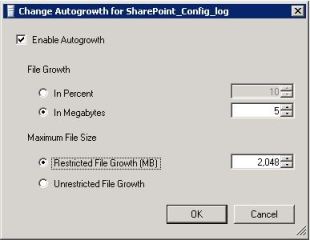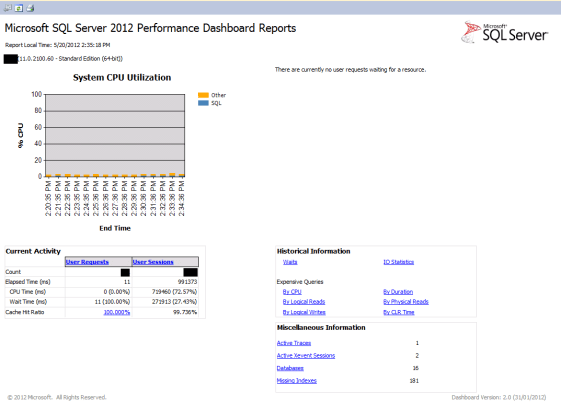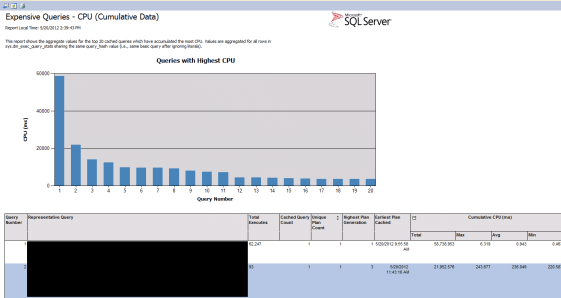There is an amazingly simpler yet highly informative post up on TECHNET portal, which proved very handy this morning.
My systems admin reported to me that our SharePoint server ran out of storage for some reason unknown to him, but he could identify that it was SQL Server program files folder which consumed 80% of storage.
I immediately knew what could be the reason. It’s those crazy log files problem. To truncate and clear these overeating log files, I had to use this command: DBCC SHRINKFILE.

Once I cleared out all unnecessary file space from these log files, I had to setup the File Growth and Maximum File Size (shown in the screenshot beside):
Never for a DB log file, we should setup the file growth as “In Percent”. This would prove disastrous over a period of time. Instead, always set it up to “In Megabytes” and enter a least sensible value; in my case I had set it up to 5MB.
For a DB Log file, 2GB should be reasonable amount of file space to hold the logs. To learn more about Log files, read this post on TECHNET: The Transaction Log (SQL Server).
We must understand one thing, that shrinking the DB log has got it’s own impact.
VAIDY


